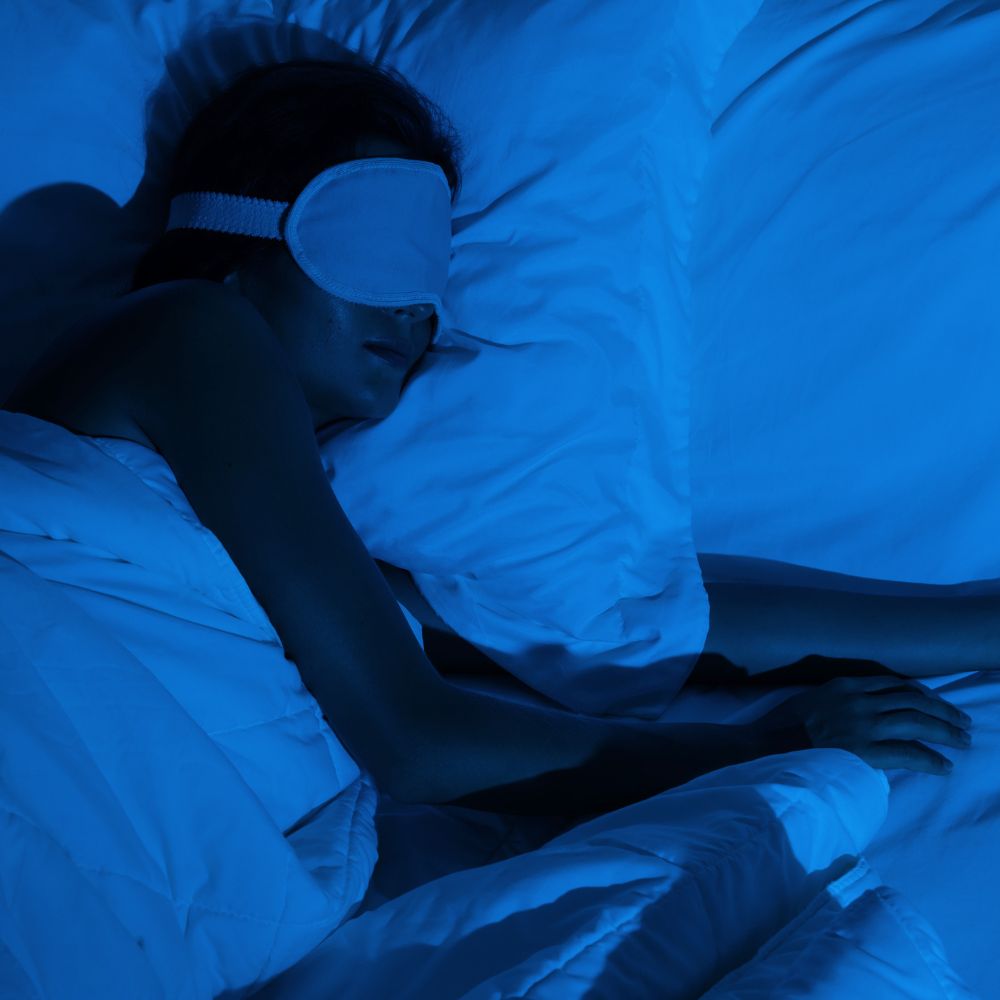In our digital age, technology has woven itself into nearly every aspect of our lives, including our sleep. As someone who has navigated the impact of technology on sleep, I’ve seen firsthand both the negative impacts and the potential benefits technology holds for our sleep patterns. Let me share my journey of understanding this complex relationship and the strategies I’ve employed to harness technology for better sleep.
The Allure and Peril of Screens Before Bedtime
Like many others, my story begins with a nightly ritual: scrolling through social media, checking emails, and watching videos before bed. This seemingly harmless routine led to sleepless nights and groggy mornings. I learned that the blue light emitted by screens tricks our brains into thinking it’s still daylight, disrupting our natural sleep-wake cycle.
The Science Behind Blue Light
Research shows that blue light suppresses melatonin production, the hormone responsible for regulating sleep. Engaging with technology before bed was effectively signaling my brain to stay awake, disrupting my natural sleep patterns and impacting my overall health.
Notification: A Sleep Thief
Beyond blue light, the constant buzz of notifications created a sense of urgency and anxiety, making winding down almost impossible. Each alert, whether a late-night email or a social media update, kept my mind engaged and alert, far from the restful state needed for sleep.
Technology’s Double-Edged Sword
However, as I delved deeper, I discovered that technology is not solely a villain in our sleep stories. Used wisely, it can be a powerful ally in improving sleep quality. The key lies in understanding how to manage and utilize technology to support, rather than hinder, our natural sleep patterns.
Strategies for a Better Night’s Sleep
1. Establishing a Tech-Free Zone
The first change I made was establishing a tech-free zone in the bedroom. Removing TVs, computers, and smartphones from my sleep environment created a space dedicated solely to rest. This simple step significantly improved my ability to fall asleep quickly and enjoy uninterrupted rest.
2. Embracing Blue Light Filters
When using technology at night was unavoidable, I turned to blue light filters. Many devices now have built-in settings that reduce blue light exposure in the evenings. These filters can minimize the impact on melatonin production, making it easier to transition to sleep.

3. Leveraging Sleep Technology
Technology also offers tools specifically designed to enhance sleep. I experimented with various apps and devices, from white noise machines that drown out disruptive sounds to sleep-tracking apps that provide insights into my sleep patterns. These tools helped me create a more conducive sleep environment and understand my unique sleep needs.
4. Setting Boundaries with Notifications
To combat the intrusion of notifications, I started using do-not-disturb features on my devices. Setting boundaries for when I would receive alerts (and for what) meant that I could enjoy my evenings without the constant disruption of incoming messages.
5. Mindful Consumption
Becoming more mindful of my technology consumption, especially in the evening, was perhaps the most challenging yet rewarding change. I replaced screen time with activities like reading, meditation, or gentle stretching. This not only helped me wind down but also enriched my overall well-being.
Additional Tips for Technology-Assisted Sleep
- Utilize Sleep Apps: Apps designed to guide meditation and relaxation or provide ambient sounds that can facilitate a deeper state of rest.
- Invest in Smart Home Devices: Smart lights that simulate sunset, gradually dimming as bedtime approaches, can create an environment that naturally encourages sleep.
- Explore Wearable Sleep Trackers: Wearable devices that monitor sleep patterns offer valuable insights into the quality of your rest and provide personalized recommendations for improvement.
The Journey Continues
My journey to reclaim my sleep in the digital age is ongoing. Technology continues to evolve, and with it, there are strategies to mitigate its impact on our sleep. What remains constant is the need for awareness and intentionality in how we engage with technology, especially in the hours leading up to bedtime.
Final Thoughts
The relationship between technology and sleep is complex, but it’s not predetermined. We can shape how technology influences our lives, using it as a tool to enhance rather than detract from our sleep. By setting boundaries, leveraging technology designed to support sleep, and fostering habits that promote rest, we can enjoy the benefits of the digital age without sacrificing our sleep quality.
Embracing these changes has not only improved my sleep but has also enhanced my overall quality of life. As we navigate technology’s challenges and opportunities, let’s remember the importance of rest and its role in our health and well-being.

